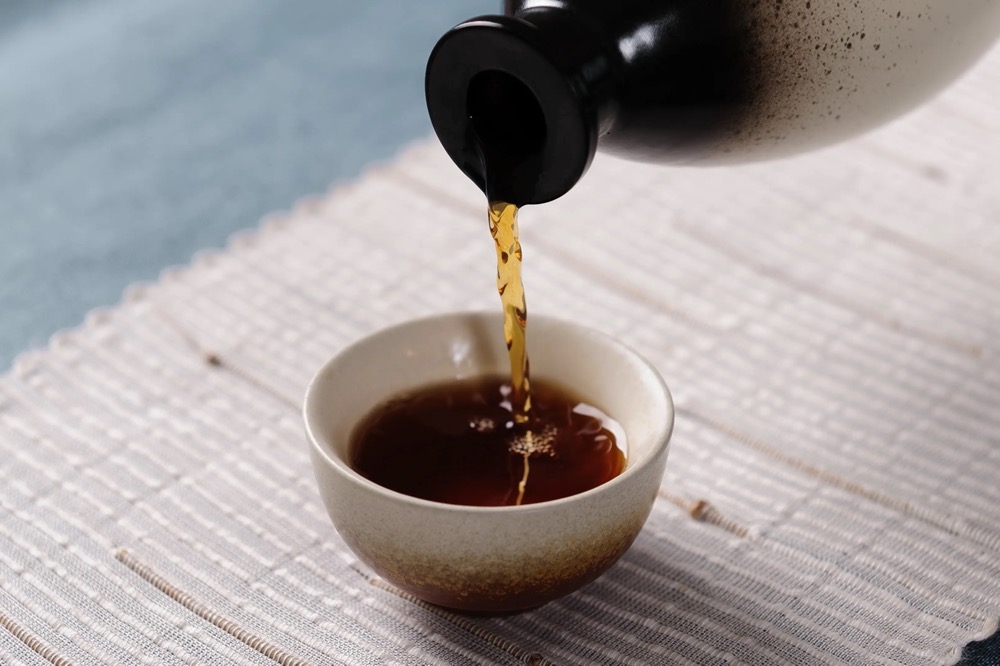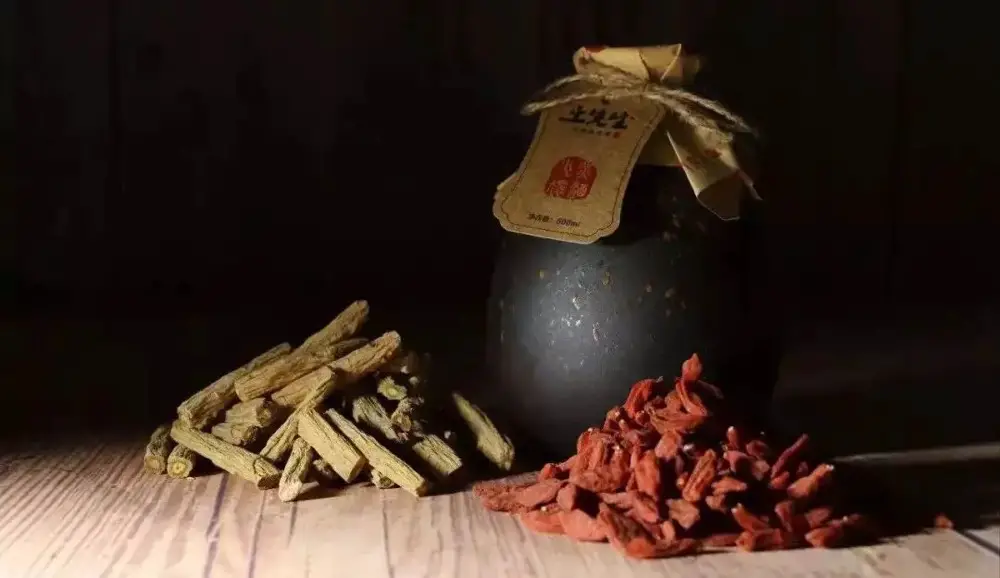China is a country with different regions, and each region has its unique historical aspects and culture – including alcoholic beverages. In this article, we will examine the alcoholic variety of Huangjiu, which is among the most famous brewed alcoholic drinks in the world. It is also interesting because its brewing methods are considered widely to represent Asian wine-brewing customs.
Chinese yellow wine history

In Chinese society, Huangjiu was widely seen as having the same levels of influence in the culture as the beer had on European history, having been in existence for more than 2,500 years. It is also among the oldest forms of wine globally, alongside liquor and beer.
Archeological research’s consensus is that ancient Chinese had a form of alcohol that was similar to beer. However, things changed after the Qu brewing method was discovered, and beer-like drinks went out of style as more Chinese preferred the new drink, Huangjiu.
Although the exact origin of the drink is unclear, it is theorized that its earliest form came during the reign of Shao Kang of the Xia Dynasty – during the Spring and Autumn periods (770 to 476 BC), thanks to a man named Du Kang who is thought to invent the wine accidentally. Therefore, the oldest yellow wine type in China is the Shaoxing Rice Wine, a form of wheat-yeast rice wine that originates from Zhejiang Province.
The drink has a very long history, and different regions in China formed their unique varieties. The most notable forms of the drink are:
Shaoxing Wine

This is thought of as the earliest form of the drink, with its history going back to the Warring States Period (475 to 221 BC) and the Spring and Autumn Period (770 to 476 BC). The king of Yue, Goujian, went to war against the king of Wu, Fuchai, and documents chronicling this time make note of the yellow wine from Shaoxing City, which he used to encourage his people to fight for his army.
Many years later, the wine went through an increase in its sweetness and production method, notably during the Tang Dynasty (618 to 907), the Song Dynasty (960 to 1279), and the Five Dynasties (907 to 923). It became popular among scholars and the wealthy due to popular poets from the Tang Dynasty praising it in their works, such as the poems of Li Bai and He Zhizhang. From this time until the early years of the Chinese Republic (1912 to 1949), Shaoxing Wine was very popular both within China and abroad.
Huiquan Wine
This wine originated from the Huishan Mountain region in Wuxi City during the Northern Song Dynasty period (960 to 1127). It was distinct for its mellow flavor with a soft and long aftertaste, and quickly became the representative rice wine of Jiangsu Province.
It was made from a high-quality, sugary, glutinous rice type from Jiangnan, its popularity in Jiangnan increased greatly during the Ming Dynasty, and the Qing Dynasty elevated it to an imperial wine.
Fangxian Yellow wine
This wine’s history is unique, as it was an imperial wine that court officials received from emperors at one point in its history.
Its development began around 492 BC during Goujian’s reign, and its status as an imperial wine occurred in 827 BC. It was famous for its fragrance, thanks to the actions of Yin Jifu, a writer and court official working for the king of the Chu State. He was sent by the king to offer tribute to the Zhou Dynasty Ruler King Xuan and took a jar of this yellow wine to dedicate to the king. The King praised the wine greatly after tasting it and gave it the status of an imperial wine.
It has a sweet-and-sour flavor profile and is in a yellowish or white color. It is still used to this day during funerals and weddings by Fangxian people.
How to make Chinese yellow wine
The wine’s basic ingredients are the grain (husked millet, wheat, or rice), the Qu, and the water. Any additional ingredients are optional and will change the medicinal, taste, or color properties of the wine.
It is a mild variety of wine containing an alcohol content of between 14 and 20 percent. Due to its source ingredients, it is rich in nutrients such as proteins and minerals. To make the wine at home, these tips will help you in the process:
- The longer the grains ferment, the better the yellow wine will taste.
- Allow the rice to go cold before mixing it with the yeast powder.
- Ensure all your containers and tools are clean to prevent bacterial infestation.
Chinese yellow wine recipe
If you want to make the wine at home, you will need a wine yeast ball and the grains of choice – usually, these will either be corn, millet, wheat, or rice. Among the grains, rice is the most important and used choice.
The process of making it is as follows:
- Remove particles from the grains and clean them.
- In hot water, soak these grains for an hour, then sieve the water out.
- Boil the grains in a pot until they turn soft.
- Remove the grains from the pot, then spread them out on a cooking sheet to allow them to cool down completely. This should be done before fermentation begins.
- Take the wine yeast ball and crush it in a separate bowl until it turns into a powdered form. You will then pour this powder on the grains and mix them thoroughly.
- Transfer the mixture of grains and yeast into an airtight jar, then place the jar in a warm, dark space like your kitchen cupboard. Leave it alone for about a week, and you will begin noticing a liquid at the bottom of the jar – this is the yellow wine forming from the fermentation of the grains, and it will have a slightly sour taste.
- If you want it to be sweeter, leave the fermentation to happen for about a month.
- Once it reaches the desired sweetness level, strain it into a container and store it in the fridge, or drink it immediately.
Conclusion
Chinese yellow wine is fascinating and carries a deep sense of Chinese history, thanks to its popularity during different eras of the country. It is also beloved to the present day, so you are likely to see it being consumed by Chinese people wherever they are.